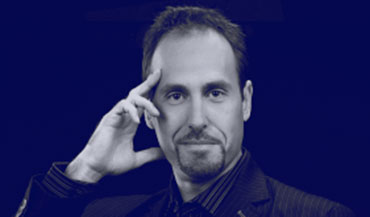One of the bigger challenges I have when I give lectures is making people see that there is a difference between what body language means and what it “says” to others. This was borne out again recently after a program I gave at a Community College in Indiana.
During the talk I had explained that just because a person’s arms are crossed does not mean that they are hostile or resistant. In fact, no single gesture “means” anything. When interpreting body language, you have to examine clusters of gestures. However, I went on to say, if you have your arms crossed it will still communicate to others, much of the time, that you are closed off or negative, even if that’s not how you really feel.
A man came up to me after to program to talk about the difference between how he perceives himself and how others seem to perceive him. He said, “I’m a very approachable person, but for some reason my employees tell me I’m aloof and stand-offish. Why do they see me like that?” After asking his permission to explore what his body language was saying at that moment, I pointed out to him that he had his arms crossed tightly over his chest the entire time he was speaking to me. This, I suggested, was a good example of how we often send out signals that we don’t intend to.
The man wasn’t buying it. He said, “But I’m just comfortable standing that way. It doesn’t mean that I don’t want to listen, or that I don’t like that person. It’s just how I always stand.” I agreed that he stood that way simply because it was comfortable to him, but that didn’t mean that his comfort is what got communicated to others. He still wasn’t buying. He kept insisting that his crossed arms were a matter of comfort and didn’t mean that he was un-approachable.
One of the reasons body language is so important is that we process it mostly on an unconscious level. We judge people based upon non-verbal signals that we most often have no idea we’re even seeing. This would be a good thing if not for the fact the frequently our unconscious mind gets things wrong. One explanation for this is that the unconscious mind is particularly vulnerable to stereotypes. Indeed, part of its function is to reach snap conclusions based upon limited information. This is why it’s crucial to learn to shift our awareness of non-verbal cues up to the conscious level. Only when we do that can we examine our assumptions and find out if we’re actually correct. It’s also why we must never forget that what we think we’re communicating, and what we’re actually communicating, can be two entirely different things.


No comments yet.